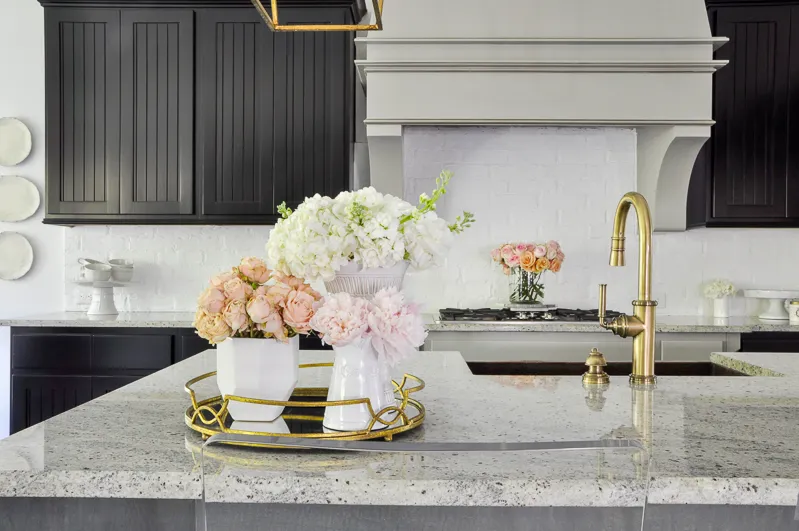Updating your kitchen decor can breathe new life into your home, creating a space that is both functional and stylish. Whether you’re aiming for a complete overhaul or a simple refresh, the process can seem daunting. This guide will walk you through the essential steps to update your kitchen decor, ensuring a smooth and successful transformation. From planning and budgeting to selecting the perfect colors and accessories, you’ll learn how to create a kitchen you’ll love for years to come. Remember that a well-designed kitchen not only enhances your cooking experience but also increases your home’s overall value.
Planning Your Kitchen Decor Update
Before you start buying new items or taking down cabinets, proper planning is crucial. This phase sets the foundation for a successful kitchen decor update. Thinking about the different aspects of your kitchen, considering your needs and preferences will make the whole process seamless. This will also help you avoid costly mistakes and ensure that the final result aligns with your vision. The key to a successful update lies in careful preparation. This includes assessing your existing kitchen, identifying your style and needs, and setting a realistic budget to ensure you stay on track throughout the project.
Assessing Your Current Kitchen
Start by taking a critical look at your current kitchen. What works well, and what needs improvement? Identify the areas that bother you most, whether it’s outdated cabinets, insufficient storage, or a lack of natural light. Make notes on the layout, the condition of appliances, and the overall functionality of the space. Take photos to document the before and after. This assessment will help you pinpoint the specific changes you want to make and will guide your decisions throughout the update. Consider what you like or dislike about your current kitchen, this will help you create the space you want.
Identifying Your Style and Needs
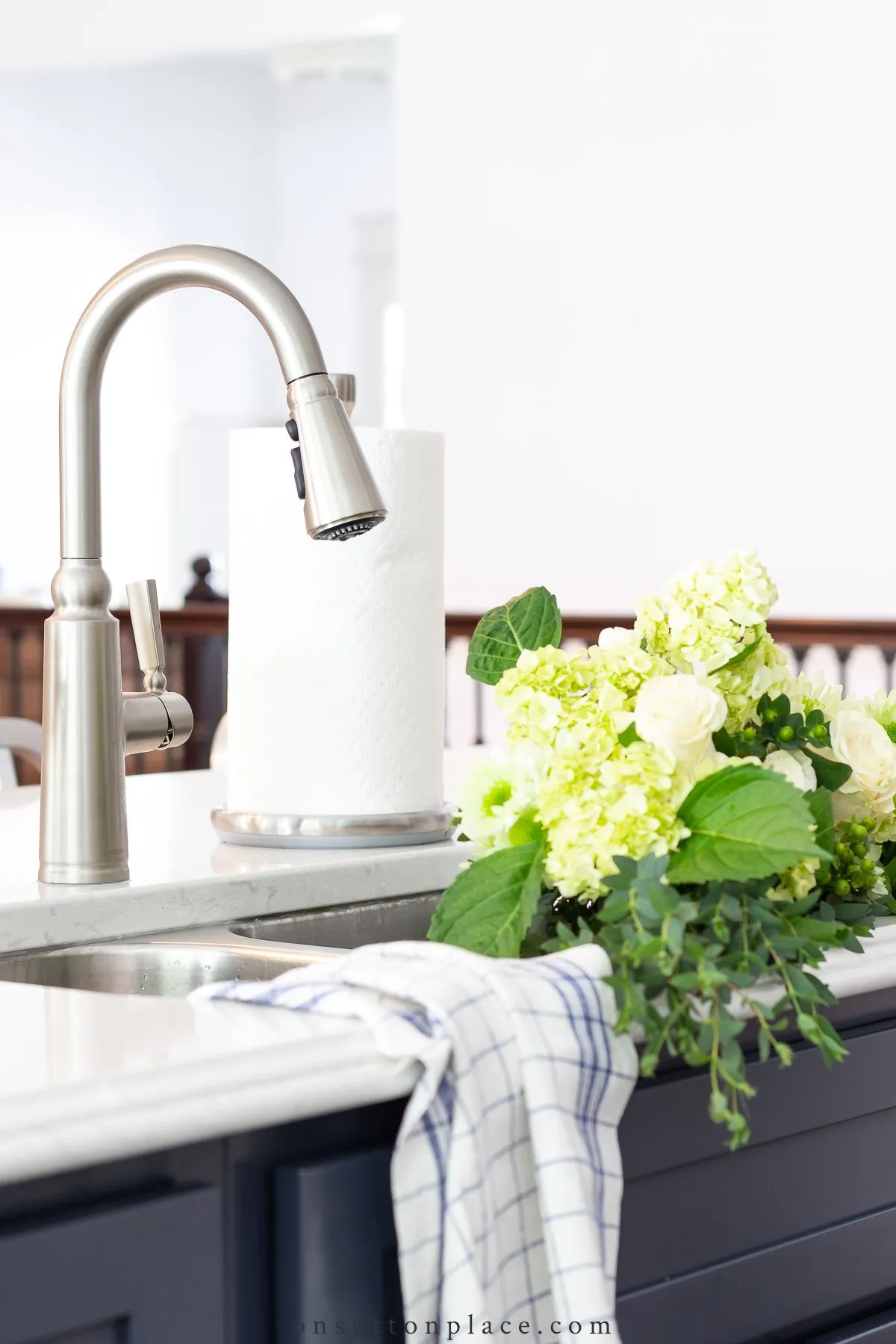
Determine your preferred style and how you use your kitchen. Do you lean towards modern, farmhouse, minimalist, or traditional designs? Consider your lifestyle and how you use the space. Do you cook often, entertain guests, or primarily use the kitchen for quick meals? These factors will influence your choices regarding colors, materials, and functionality. Browse design magazines, websites, and social media platforms like Pinterest and Instagram for inspiration. Collect images of kitchens you love and identify the common elements that appeal to you. This will shape your design choices.
Setting a Budget
Establish a realistic budget before you begin. Determine how much you can comfortably spend on the update. Research the costs of various elements, such as paint, hardware, accessories, and any necessary labor. Prioritize your needs and wants, and be prepared to make trade-offs. It’s often helpful to allocate a contingency fund for unexpected expenses. This will prevent you from going over budget and make sure your projects are completed on time. Consider how you can save money, perhaps by doing some of the work yourself or by shopping around for deals.
Choosing Your Kitchen Decor
Now for the fun part—choosing the elements that will transform your kitchen! This involves selecting colors, finishes, accessories, and lighting that reflect your style and meet your needs. Consider the overall aesthetic you want to achieve and how these elements will work together to create a cohesive design. It is also a great time to look at new design and style options, what do you think is missing from your kitchen. Remember, the choices you make here will significantly impact the look and feel of your updated kitchen. You have the option to change paint, change cabinets, change accessories and much more, the decision is yours.
Selecting Colors and Finishes
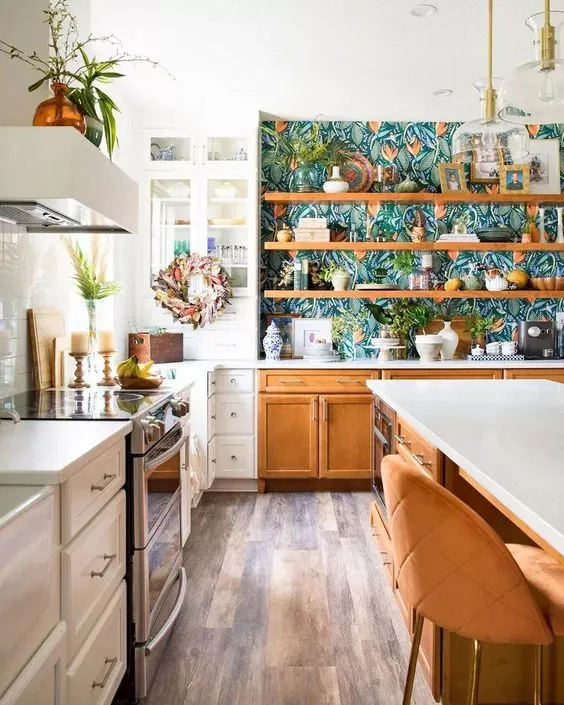
Choose a color palette that complements your style and the existing elements in your kitchen. Consider the amount of natural light and the size of the space when selecting paint colors, cabinet finishes, and countertops. Lighter colors can make a small kitchen appear larger and brighter, while darker colors can create a cozy atmosphere. Select durable and easy-to-clean materials for countertops, backsplashes, and flooring. Consider the overall tone and what will make your kitchen the best it can be. Make sure you have an idea in mind.
Choosing Accessories
Accessories add personality and functionality to your kitchen. Choose decorative items that reflect your style, such as artwork, plants, and decorative bowls. Select practical accessories, such as utensil holders, spice racks, and storage containers, to keep your kitchen organized. Consider adding soft elements like kitchen towels, pot holders, and window treatments to add warmth and texture to your kitchen. This also allows you to express your personality.
Considering Lighting
Lighting plays a crucial role in kitchen design, affecting both aesthetics and functionality. Combine different types of lighting—ambient, task, and accent—to create a well-lit and inviting space. Install under-cabinet lighting to illuminate countertops and provide task lighting. Add pendant lights over an island or dining area for both style and function. Make sure your lighting scheme complements the overall design and provides adequate illumination for cooking, food preparation, and other activities. Good lighting can make your kitchen a better place.
Implementing Your Kitchen Decor Update
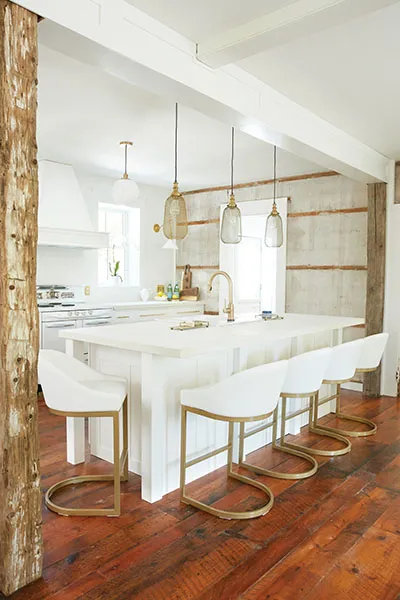
It’s time to put your plans into action! This phase involves making the physical changes to your kitchen, such as painting, installing new hardware, and adding decorative accessories. If you’re doing the work yourself, be sure to follow safety guidelines and take your time. If you’re hiring professionals, schedule the work in advance and communicate your expectations clearly. The implementation phase is where your vision comes to life. A well-executed plan is crucial to create the kitchen of your dreams. Be sure to measure all items before buying.
Painting and Wallpapering
Painting is a cost-effective way to transform your kitchen. Choose a durable paint that is easy to clean and resistant to moisture. Prepare the surfaces by cleaning, sanding, and priming before painting. Wallpaper can add pattern and visual interest. Select a wallpaper that is suitable for the kitchen environment, such as a vinyl or moisture-resistant option. Follow the manufacturer’s instructions for application and take your time to ensure a smooth finish. It is one of the easiest and most impactful projects you can do to update the look of your kitchen.
Installing New Hardware
Replacing cabinet hardware is a simple yet impactful update. Choose new knobs and pulls that complement your chosen style and color scheme. Measure the existing hardware to ensure the new hardware fits the same holes, or be prepared to fill and drill new ones. Install the hardware carefully, ensuring it is properly aligned and secured. New hardware can instantly elevate the look of your cabinets and drawers. Remember to measure carefully.
Adding Decorative Accessories
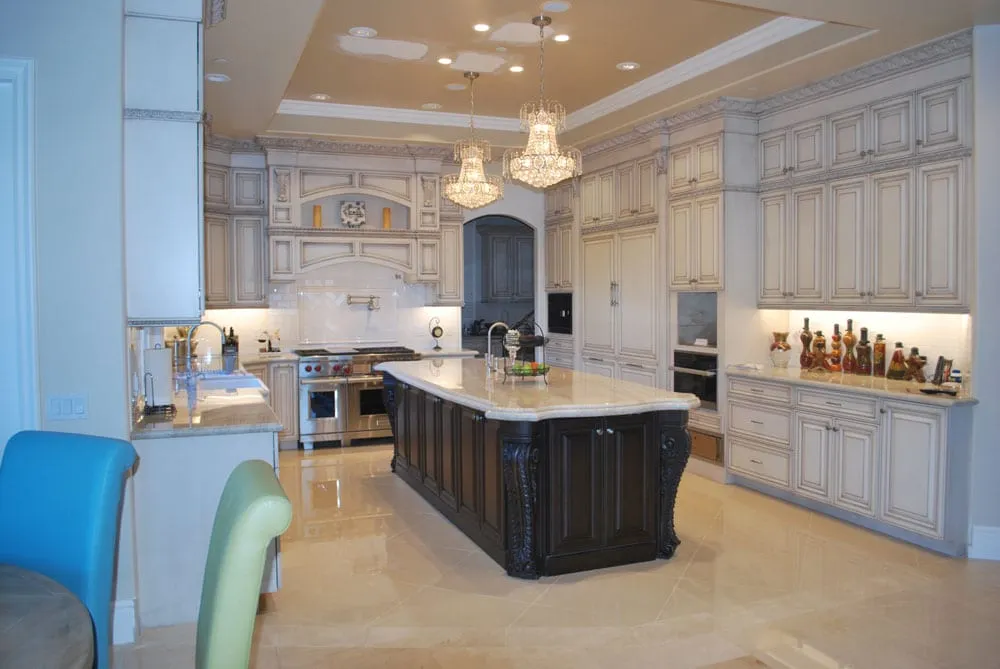
Adding the final touches brings your kitchen design together. Arrange artwork, plants, and decorative items on countertops, shelves, and walls. Place kitchen towels, pot holders, and other soft accessories for added color and texture. Ensure all accessories are functional and aesthetically pleasing. This is your chance to add personality to your kitchen. This is where your personal style comes into play, so it’s the perfect opportunity to show off what you like and enjoy. Add your personal touch to your kitchen.
Styling Your Kitchen
Once the major changes are complete, it’s time to style your kitchen and create a space that is both beautiful and functional. This involves arranging countertop decor, creating a focal point, and ensuring the space feels cohesive and inviting. Styling is the final step in making your kitchen your own. Ensure you display what you want to have shown. Take time to arrange everything so it is the way you want it.
Arranging Countertop Decor
Choose a few key items to display on your countertops, such as a utensil holder, a cutting board, a decorative bowl, or a plant. Arrange these items in a way that is both functional and visually appealing. Avoid cluttering the countertops, as this can make the space feel cramped. Strive for a balance of form and function. Keeping your counters organized can help in the long run. Also, make sure you can actually utilize the items you put on display.
Creating a Focal Point
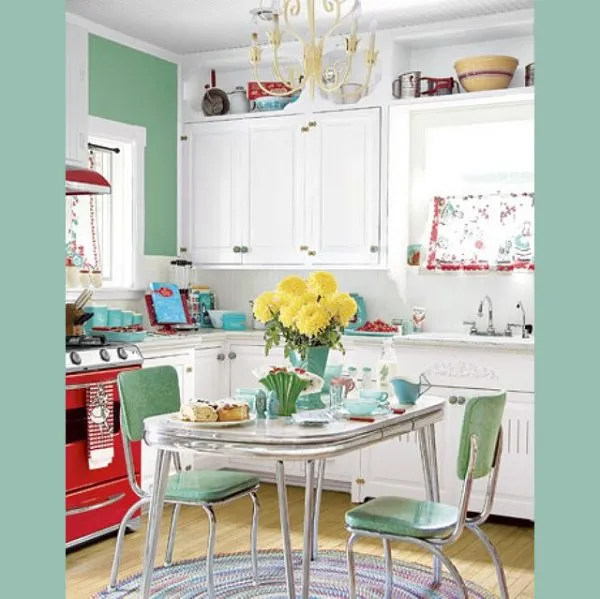
Every kitchen benefits from a focal point that draws the eye. This could be a unique backsplash, a statement range hood, a colorful piece of artwork, or a striking light fixture. Choose an element that is both visually interesting and representative of your style. The focal point should be the central visual element in your kitchen. This is the thing you want people to see. This draws attention and makes your kitchen stand out and become unique.
Maintaining Your Updated Kitchen
Once your kitchen decor update is complete, it’s essential to maintain it to keep it looking its best. Regularly clean and maintain your new finishes, accessories, and appliances. Develop a cleaning schedule to keep your kitchen tidy and functional. Make small adjustments as needed to ensure the space continues to meet your needs and preferences. Taking care of your updated kitchen will ensure you can enjoy it for years to come. The most important part is to enjoy the space you have created.
Updating your kitchen decor is a rewarding project that can significantly enhance your home and lifestyle. By following these steps, you can transform your kitchen into a beautiful and functional space that reflects your personal style. Enjoy the process and the final result!
